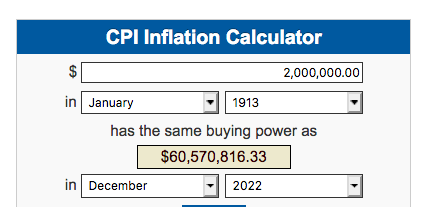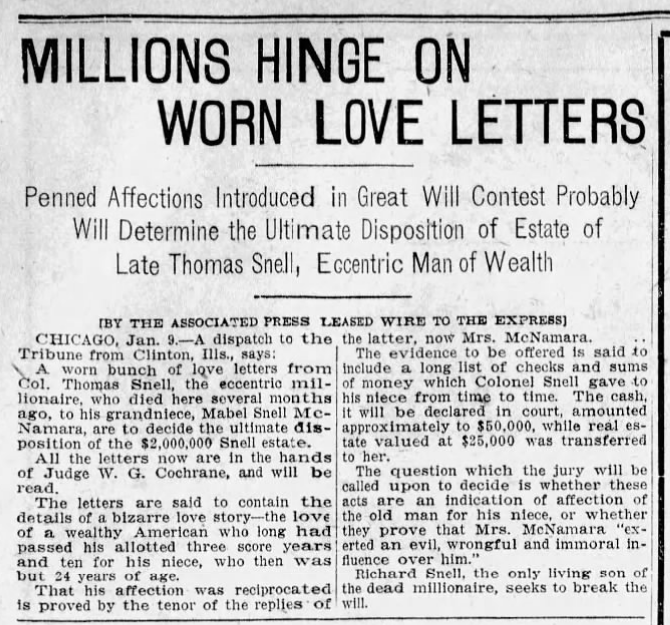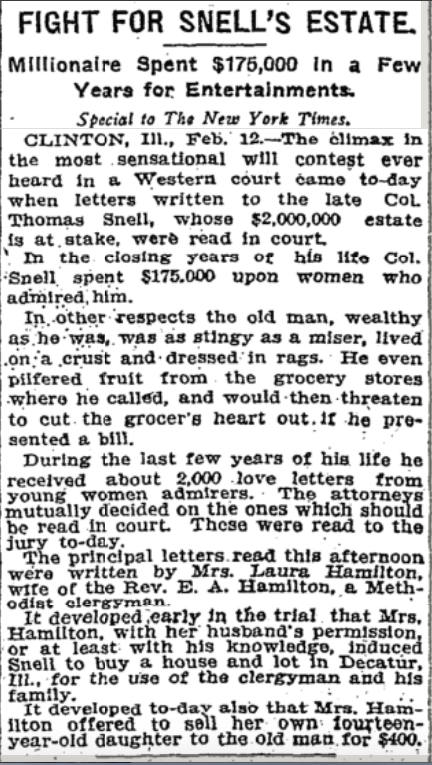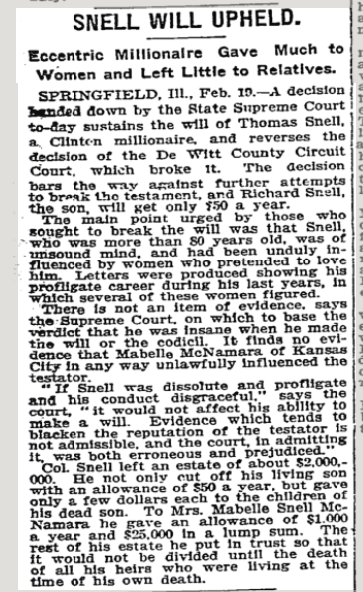Money
Queen of National Wallet Week
Cindy Heller, shown below, later became a well-known gossip columnist for the New York Post. She's better known by her married name, Cindy Adams. Her wikipedia page doesn't mention that she was Wallet Week Queen.
Macon News - Nov 9, 1949

Glasgow Evening Journal - Nov 7, 1949

Life - Nov 14, 1949
Posted By: Alex - Mon Jan 27, 2025 -
Comments (1)
Category: Awards, Prizes, Competitions and Contests, Money, 1940s
Funny Money


Posted By: Paul - Tue Dec 31, 2024 -
Comments (2)
Category: Hoaxes and Imposters and Imitators, Money, Husbands, Wives, 1950s
Miss Credit Union
The earliest 'Miss Credit Union' contest I could find was in 1948. The latest was in 2011. Though I suspect some are still going on, but maybe not calling attention to themselves.
Ottawa Journal - Oct 22, 1957

Hartford Courant - Oct 26, 1960
Posted By: Alex - Fri Nov 15, 2024 -
Comments (5)
Category: Awards, Prizes, Competitions and Contests, Money
The art collection of the British Rail Pension Fund
Fine art and British Rail may not seem like they have much in common, but for several decades British Rail, through its pension fund, was a major player in the world of fine art. From theNY Times (Apr 5, 1989):
The pension fund began selling its art in 1986, and sold the last of it in 2003.
The Wall Street Journal reported in 1996 that the pension fund made a return of 13.1% per year on its art. Which doesn't seem bad at all. However, its stock portfolio, during the same period, returned 22% a year.
If you're looking for a coffee-table curiosity, there are several books dedicated to the artwork owned by the British Rail pension fund.
More info: "When a railway fund started buying paintings"


Posted By: Alex - Fri Sep 20, 2024 -
Comments (0)
Category: Art, Money, Collectors
Money in the chicken coop
Sounds like Albert didn't want his sisters to know about the money in the chicken coop. Perhaps it was his intention for it all to burn after he died.
Atlanta Journal - Dec 15, 1968
Posted By: Alex - Thu Jul 18, 2024 -
Comments (2)
Category: Money, Inheritance and Wills, 1960s
Money Card
No need for a subliminal hook for future customers in this one--it's all explicit! Buy American Express Traveler's Cheques.The entry at Board Game Geek.
Posted By: Paul - Tue Jun 04, 2024 -
Comments (0)
Category: Business, Advertising, Games, Money, 1970s, Europe
Reconstructing shredded paper money
The Hong Kong Monetary Authority visitor center sells souvenir glass containers full of shredded paper money. Each container (costing $100 HKD) is advertised as containing 138 complete $1000 HKD banknotes.Researcher Chunt T. Kong set out to determine whether he could use "computer vision" to reconstruct the shredded banknotes. If he could, this would mean that for an investment of $100 HKD he would be able to reconstruct notes worth $138,000 HKD.
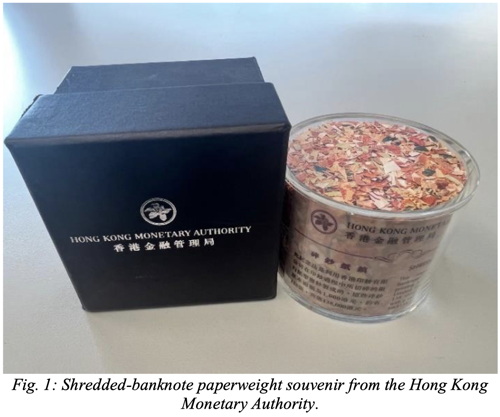
He determined that, yes, in theory the banknotes could be reconstructed. But he encountered a few problems:
First, the souvenir containers often contained far fewer than 138 notes. Some had as few as 20 notes in them. He found stones hidden in some of the containers. This, he complained, was false advertising. He noted, "it appears that the Hong Kong Monetary Authority has broken the law."
The second problem: "even though the shredded banknote pieces could construct a complete banknote, the serial number may not have come from the same banknote, and there is a high chance that it could not be exchanged for real money."
He didn't address how all the little pieces would be stuck back together. With scotch tape?
But, of course, it was all just a theoretical exercise. Though he says that, having informed the Hong Kong Monetary Authority visitor center of what he did, they're now no longer selling the shredded money.
More info: "The possibility of making $138,000 from shredded banknote pieces using computer vision"
via New Scientist
Posted By: Alex - Sat May 04, 2024 -
Comments (1)
Category: Money, AI, Robots and Other Automatons, Computers
Saved pennies crash through ceiling
Aug 1947: Clarence Ellsworth had been saving pennies by dropping them through a crack in his attic floor. Finally, when the number of pennies reached 1,672, the weight of the pennies broke through the ceiling and landed in his living room.This raises the question: how much did 1,672 pennies weigh?
According to Wikipedia, pennies issued before 1982 each weighed 3.11 grams since they were made from 95% copper. After 1982, the U.S. Mint substituted a copper-plated zinc penny that weighed less.
3.11 times 1,672 comes out to 5200 grams (rounding up) — or approximately eleven and-a-half pounds.
I'm surprised that was enough to break his ceiling. Perhaps there were other issues, such as water damage, that contributed to the break.
According to an online inflation calculator, $16.72 in 1947 money would be worth $234.18 today. And the repairs would have cost approximately $175 (in today's money).

Bangor Daily News - Aug 12, 1947
Posted By: Alex - Tue Apr 16, 2024 -
Comments (2)
Category: Money, 1940s
Coin-Toss Experiment
Is a coin toss truly random? Not according to the "D-H-M model" which proposes that a tossed coin is slightly more likely to land on the same side that it started.To test this model, a team of researchers at the University of Amsterdam arranged for a group of subjects to flip coins a total of 350,757 times. Their conclusion: "the data reveal overwhelming statistical evidence for the presence of same-side bias."
What this means as a money-making strategy:
More info: "FAIR COINS TEND TO LAND ON THE SAME SIDE THEY STARTED: EVIDENCE FROM 350,757 FLIPS"
Posted By: Alex - Thu Apr 11, 2024 -
Comments (5)
Category: Money, Experiments

| Who We Are |
|---|
| Alex Boese Alex is the creator and curator of the Museum of Hoaxes. He's also the author of various weird, non-fiction, science-themed books such as Elephants on Acid and Psychedelic Apes. Paul Di Filippo Paul has been paid to put weird ideas into fictional form for over thirty years, in his career as a noted science fiction writer. He has recently begun blogging on many curious topics with three fellow writers at The Inferior 4+1. Contact Us |

